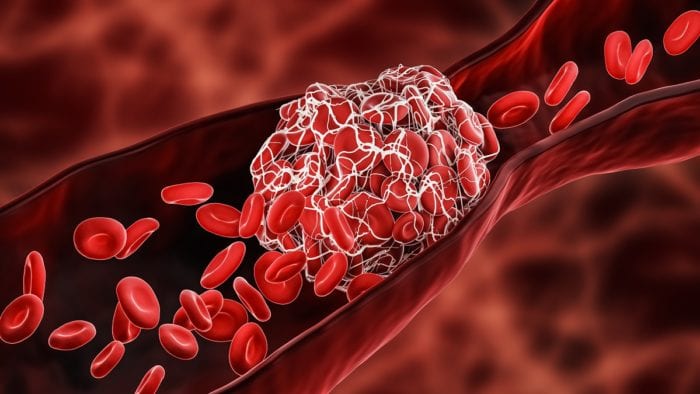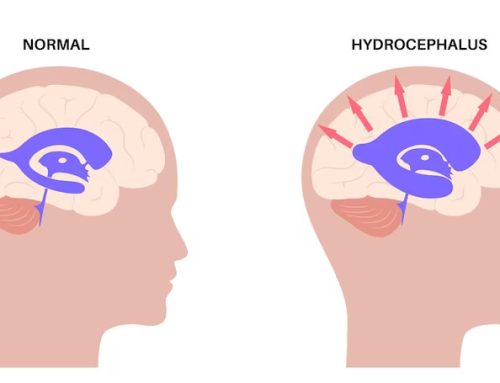Blood clots are gel-like collections of blood that form in your veins or arteries when the liquid changes into partially solid. Clotting is normal, but if they do not dissolve on their own then it can be dangerous for you to live with them as a chronic condition. There are treatments ranging from medications all way up through surgery depending on what type and severity we’re dealing with. But The First step is to see a doctor with your proper medical history that might exist such as diabetes sufferers being more likely than others to have a higher risk factor since both factors increase risks exponentially together.
What is a Blood Clot?
Blood clots are a semi-solid mass of blood that can form when there is too much clotting. Blood clots are a normal part of the body’s defense system. They help stop bleeding and keep you from dying when cut or injured, but too much coagulation can be dangerous which may lead to any serious complication like blocking of the Blood Vessel.
When a blood clot forms, it can be stationary (called a thrombosis) and block blood flow or break loose (called an embolism). If the clot breaks free from its location in circulation to travel throughout your body’s organs then you may have just become diagnosed with the deep-vein thromboembolic disease which is a dangerous condition that leads many people one day into pulmonary edema.
2 Different Types of Clots
Arterial clots are a type of blood clot that forms in arteries. They can cause symptoms immediately, like stroke or heart attack and they prevent oxygen from reaching vital organs as well which causes complications including paralysis among other things- this is why it’s important to get treated quickly.
Venous clots are different from arterial ones which form typically over time but if you notice unusual pain near your feet then there may be a Venous clot as symptoms of it become more visible gradually after some time.
Common Symptoms of Blood Clot
Due to some visible symptoms, it’s easy to detect that person is going to have his 1st brain stroke. Here is the list of the symptoms which you should look for in your head and seek for doctor urgently if found any of the symptoms –
- Blurry vision and black spots are indicators of a brain stroke. You can see everything blurry. Or you might see double of one thing or both things.
- If you have a thrombus or embolus, it can be hard to eat and drink. You might choke on your food and not be able to swallow what you want.
- When you have a stroke, one side of your body or one of your organs may get paralyzed. For example, the side of your mouth, or any limb (legs and arms), etc. may get paralyzed.
- If you have a speech impairment, then it is likely that you will get a stroke. You may find that you can’t speak properly and the words come out all jumbled together.
How Blood Clots can be Diagnosed?
Blood clot symptoms can look like other health problems. A doctor might use many tests to see if someone has blood clots or another illness. If the doctor thinks a person has a blood clot, he or she might recommend:
- A Blood Test is a way to begin the Diagnosis to rule out the Blood Clot.
- Ultrasound is usually prescribed to gain a clear and better view of Veins and Blood flow.
- A CT scan is recommended that looks at your head, belly, or chest. This test can help doctors figure out if you have a blood clot. It can also rule out other things that could be causing your symptoms.
- Magnetic resonance angiography (MRA) is a type of imaging test that looks at blood vessels. It’s like an MRI test, but it only looks at the blood vessels instead of everything in your body.
How Blood Clots are Treated?
The goal in treating blood clots, especially DVTs is to prevent the clot from getting larger or breaking loose. Treatment can reduce your chances of developing more clots in the future by preventing formation through medication and other means possible.
Your doctor might recommend the desired treatment based on where the blood clot is present-
- Medications – Anticoagulants help prevent blood clots from forming. For life-threatening situations, there are drugs called thrombolytics that can dissolve a clot already formed and make sure it doesn’t get bigger!
- Compression stockings: These tight-fitting stockings make it easier for blood to flow through your legs and provides pressure, which reduces swelling or prevents clots from forming.
- Surgery: In a catheter-directed thrombolysis procedure, specialists direct the long tube to deliver medication directly at the clot. In contrast with this approach, doctors use special instruments during surgery in order carefully remove any remaining pieces of blood from around an area where it was found and then glue everything back together again once they’re finished removing all visible signs that there might have been something wrong before beginning treatment
- Stents: Doctors may recommend stents if a stent is necessary to keep a blood vessel open.
How can you prevent blood clots?
Following some practices in your daily life may reduce the chances of blood clots –
- Avoid Smoking
- Try to Have a Healthy Diet and Be Hydrated always.
- Add the Physical Activities to your Daily Schedule.
- Control over the common Medical issues like Diabetes, Blood Pressure, etc.
- Healthy Weight should be maintained.
The Concluding Note from Dr. Shailesh Jain (Arihant Neuro )
Avoiding a blood clot is important for your health. The body has natural defenses against clots, but they can become overwhelmed if you have certain medical conditions or risk factors such as smoking cigarettes which make moving around difficult and lead to an unhealthy lifestyle overall (i.e., overeating).







Leave A Comment